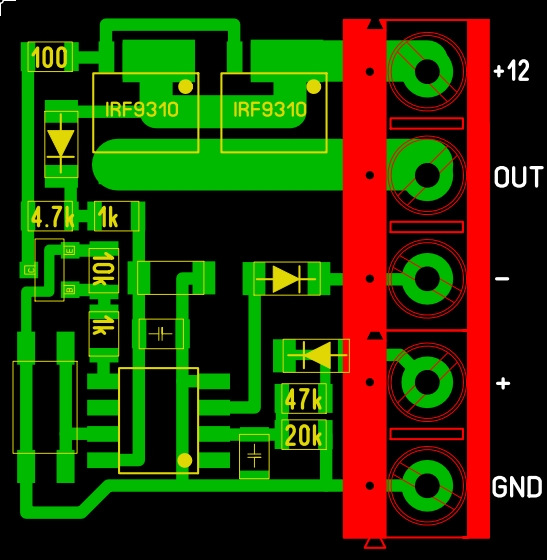

Since power is important for sports performance, it may be beneficial to use the RS load specific to each athlete that helps the individual attain their highest peak power during the sprint. This same treadmill allows users to modify the amount of resistance to perform RS, thus allowing one to monitor horizontal sprint power during RS. One non-motorized treadmill has been demonstrated to accurately assess horizontal peak power during a sprint ( Tong et al., 2001).

Therefore, comparisons cannot be made for each device with greater or lesser resistance from this study. The authors ( Alcaraz et al., 2008) used sled, parachutes, and weight belts, but they only used one load per device. (2008) concluded that, during RS, high relative loads should be used to elicit the desired response, however, if the load is too heavy, then it may negatively impact sprint technique. 7% of bodyweight), therefore, it is unclear whether or not different athletes should use heavier or lighter loads during RS. Most RS studies use a specific load for all participants (e.g. While there are several different modes of RS, one could use a non-motorized treadmill with adjustable levels of resistance. Resisted sprinting (RS) has been shown to improve sprint performance, particularly acceleration over distances less than 10 m, which would be valuable for many sports ( Behrens and Simonson, 2011 Hrysomallis, 2012 Ross et al., 2009). Larger, stronger, more powerful athletes produced peak power at a higher relative load during resisted sprinting on a non-motorized treadmill. Significant correlations occurred between sprint peak power load and body weight, lean body mass, vertical jump peak and mean power, leg press 1 RM, leg press 1 RM relative to lean body mass, leg press 1 RM power, and leg press power at 80% of 1 RM (r = 0.44, 0.43, 0.39, 0.37, 0.47, 0.39, 0.46, and 0.47, respectively). The sprint peak power load had a mode of 35% with 73% of all participants having a relative sprint peak power load between 25–35%. Pearson correlations were used to determine if relationships between the sprint peak power load and the other variables were significant. Sprint peak power was measured for each load.

Participants performed eight resisted sprints on a non-motorized treadmill, with increasing relative loads expressed as percent of body weight. Thirty college students were tested for vertical jump, vertical jump peak and mean power, 10 m sprint, 20 m sprint, leg press 1 RM, leg press 1 RM relative to body weight, leg press 1 RM relative to lean body mass, leg press 1 RM power, and leg press power at 80% of 1 RM. The purpose of this study was to determine the load which allows the highest peak power for resisted sprinting on a non-motorized treadmill and to determine if other variables are related to individual differences.


 0 kommentar(er)
0 kommentar(er)
